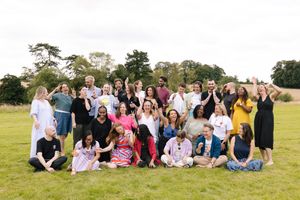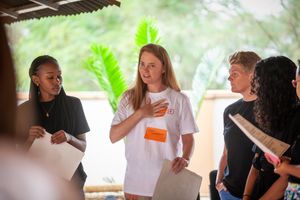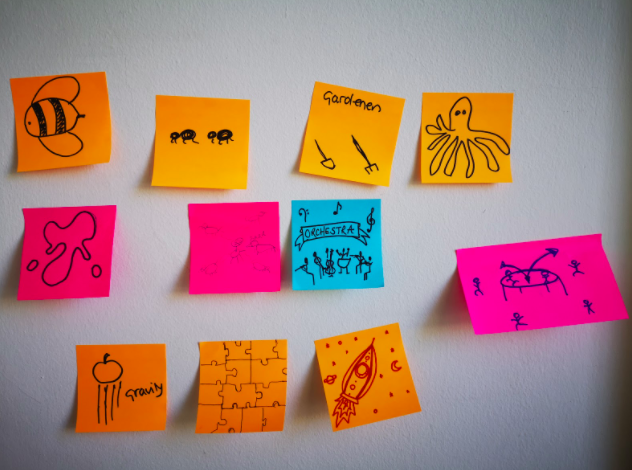
Facilitation. When we think about facilitated meetings, it’s not surprising that often the first thing that comes to mind is the times when things have gone badly. We’ve all experienced those dysfunctional group meetings where only the loudest voices reverberate around the room whilst others are drifting off, wishing they could be literally anywhere else.
So what does it mean when facilitation has gone well? And what do we mean when we talk about facilitation at Brink? A few months ago — in a time before COVID-19 — we discussed this together. We asked ourselves:
- What does it mean to facilitate?
- What does impactful facilitation look like?
- How do we know a session has gone well?
- How does Brink do facilitation (and do we do it differently?)
This is a reflection of the discussion, and some tips from what we found. TL;DR: the 5 key points:
1. There are common things good facilitators do and anyone can learn to do them
2. Facilitation is strategic, by considering context, expectations, and objectives
3. A good facilitator holds a healthy tension between meeting structure and adaptiveness
4. “Liminal spaces” can be created, to gain insight the facilitator wouldn’t otherwise be able to reach
5. Mindsets are crucial for building personal relationships and to generate new ideas
What is facilitation?
At its core, facilitation is a way of coordinating groups and bringing teams together with a set outcome or goal, and with one or more people guiding the process.
Facilitators try to progress towards the goal of the session in order to achieve some form of change: whether this is collaborating on new ideas, coming to a resolution (such as mediation or decision making), improving the effectiveness of how a group works together, aligning around a vision, or simply sharing information.
One of the things I noticed from the way we talk about facilitation at Brink is that our interpretation is quite broad. From bringing people together in workshops or calls, to programme committee meetings, to discussing a sprint plan with FTL pilot teams, we see the practice as permeating so much of our work and our experience as individuals.
This is because facilitation doesn’t have to come with a strict methodology*, but describes a situation where one can see certain dynamics and skills at play. This is why anyone can “do” facilitation.
*(but if you do want to see a neat categorisation of some forms of business facilitation, look here)
We have to bring out the commonalities between different forms of facilitation so we are able to share best practices and describe “what we see” rather than “what you must do”.
What is good facilitation?
When you are conscious of the messy, human aspect behind innovation or change management, it becomes clear that designing interactions very intentionally can go a long way towards ensuring progress. Facilitation is best when there is a strategy behind the way you plan sessions or design interactions, and should consider:
Context: know your audience, do your research and be sensitive to hierarchies and group politics (but not beholden to them). Work with what the room presents you.
Expectations: understand why certain people are in the room. Make sure to remember that this exercise is for the participants as much as it is for you as a facilitator. Make sure to ask for their expectations, to have a shared understanding of everyone’s vantage points, thoughts, and concerns.
Finally, clarify and design how you want to work together. One way to do this is “Designing the Alliance”, a technique from CTI — an organisation that trains coaches — which is actively reaching an agreement between you and participants on the goals of the session and how you should work together to achieve those goals.
Objectives: Put time into establishing some of the enabling conditions for making positive change. Bring a human side to proceedings, making sure everyone present knows they can contribute to the session, and feels empowered to do so. Finally, think about providing time for closure or for deciding “next steps”.
For me, good facilitation is likely to happen when these strategic considerations have been taken into account.
Now, let’s look at some practical knowledge that is best described through Brink’s approach — what we call Behavioural Innovation. Behavioural Innovation is formed of 3 pillars of wisdom: Methods (technical wisdom), Mechanisms (systemic wisdom), and Mindsets (relational wisdom). Together, it’s an approach that reminds us that change happens with people and that organisational or group-led change is influenced by biases, incentives, and existing processes.
Incorporating technical wisdom
These are the tools and methods that you might use during facilitation. They’re what sessions are ultimately built around.
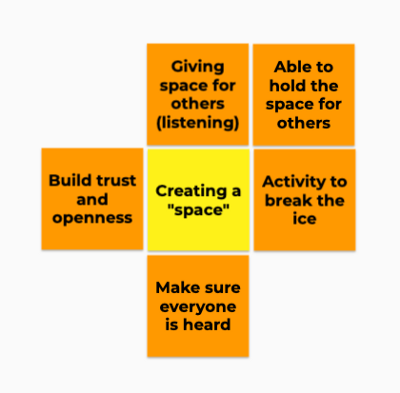
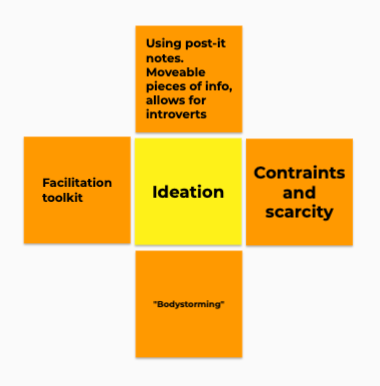

The dual considerations of meeting structure and adaptiveness reveals an interesting conflict facilitators often grapple with during a session, which I often feel in terms of timekeeping. Let’s say, for example, that an exercise is really resonating with participants and you want to spend more time on it, but this might take away from the experience you have planned for the group later on. At the heart of the conflict is the objectives and expectations of a session I talked about earlier.
In my opinion, it should not be particularly interesting to a facilitator (at least in the moment) whether they followed their plan, but whether they were able to touch on some of the fundamental objectives of the session. Neither “going with the flow”, nor rigidly sticking to a plan will help you do that. These are simply two different angles that you can work with, whose relative success depends on the situation.
Incorporating systemic wisdom
These are the more holistic considerations that we call mechanisms at Brink. They are about creating an enabling environment that helps different activities be successful.
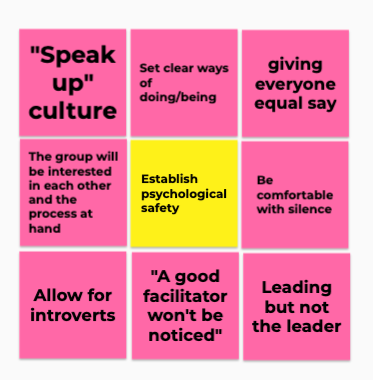
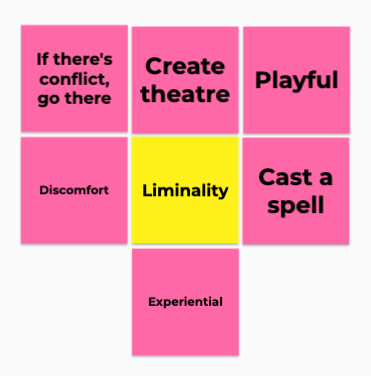
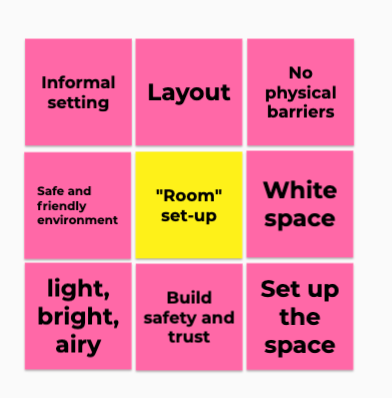
If you want to see why psychological safety is important in achieving positive change, see this blog from my fellow Brinkster Alice on psychological safety.
I want to talk here about “liminality” in more detail, though. From an anthropological perspective, “liminality” describes the social ambiguity that participants in a rite have between two states of being. In this state of being, hierarchies and social relationships often change or dissolve completely.
Liminal states can also be times of creativity and fun. In the session we had at Brink, there was talk of “creating a theatre”, which also seems to describe the ambiguous phase between reality and make-belief. I remember watching a group exercise where participants had to “act out” new ideas for their working relationships. The sheer silliness of pretending to be some of their colleagues seemed to help the team to talk about interpersonal relationships with more candor than you would otherwise see.
While play can be a more obvious side of “liminality”, I think facilitation is often done best when the whole session is removed from the norm. A change of location or wearing different clothes can go a long way towards escaping from our regular thought patterns.
Incorporating relational wisdom
These are the sometimes messy human considerations that I talked about earlier, the interactions between people, and the mindsets we might cultivate to navigate those interactions more effectively. Mindsets mean having an appreciation of communicating with clarity and sensitivity, as well as having an understanding of people’s social brains.
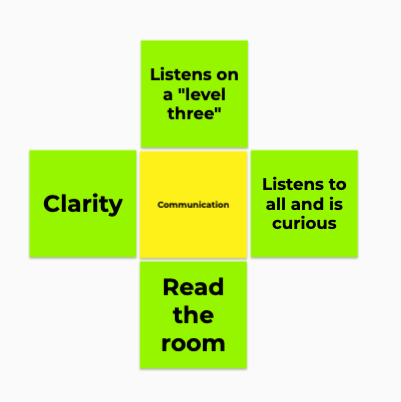
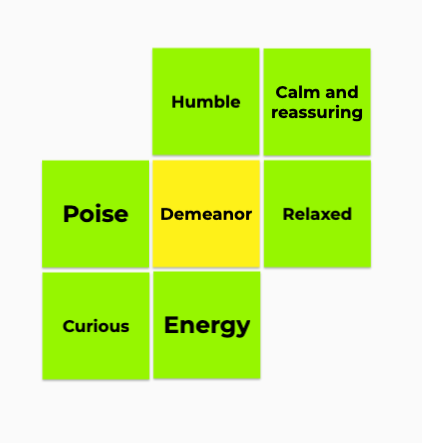
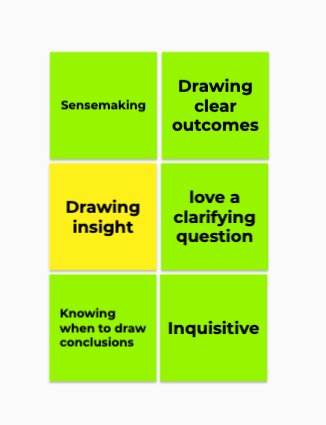
For me, a mindset of facilitation includes understanding what spurs on innovation and constantly striving towards that. This can be the decision to expand on ideas, to cluster them, or make conclusions. It can also mean making time to reflect and learn.
In times of Covid-19 and remote working, you would think that facilitation should be different. But none of these fundamentals change.

So what now?
Like most of us, at Brink, we are trying to understand how we can be at our best when working remotely. It’s amazing how much has changed since we were able to discuss facilitation in this way. But I am convinced that the fundamental points here are applicable, no matter where you are or how you are conducting a session as a facilitator. During the COVID lockdown, I have, for example, helped to host a 3-day interactive event between 11 African cities as part of the ASToN programme, and am starting to explore ways to bring together our newest FTL cohort. In doing so, I have tried to put these techniques and mindsets into play.
We’ll keep thinking about how we can help everyone we work with be as impactful as possible. If you have any thoughts, please comment below or get in touch at [email protected].
*************************************************
Remote facilitation resources
Blog: How to be more intentional in a virtual meeting
Tips about virtual facilitation more specifically.
Virtual facilitation wiki-doc by Liberating Structures.




